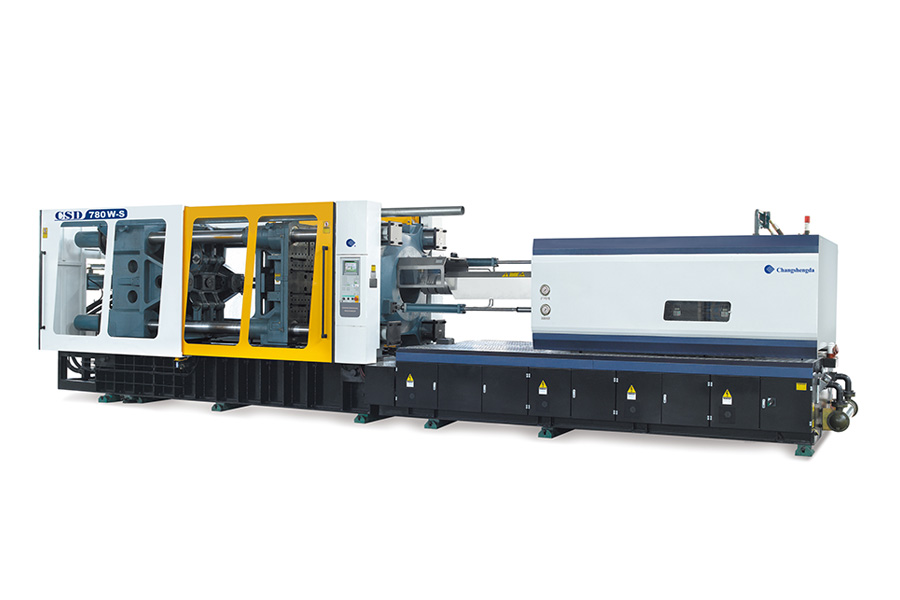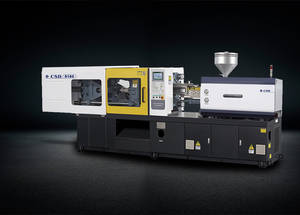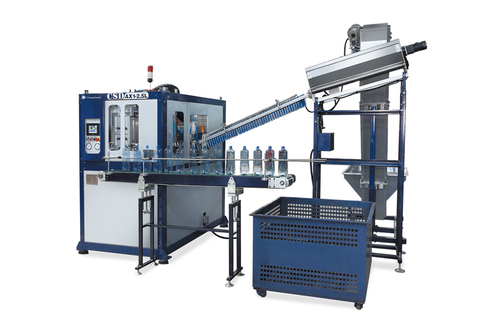Established in 1992 with a registered capital of $5.2 million USD from Australian sole-ownership enterprises, and boasts a 72,000 square meter factory zone. - Custom Injection Molding Machine Manufacturers
Injection molding has long been a cornerstone of modern manufacturing, enabling the mass production of plastic parts with precision and efficiency. At the heart of this process lies the injection molding machine, a piece of equipment that has continuously evolved to meet the demands of various industries, including automotive, consumer goods, medical devices, and electronics. With the increasing need for faster production cycles, complex geometries, and sustainable manufacturing practices, injection molding machines are undergoing significant technological advancements that are transforming the landscape of manufacturing.
What is an Injection Molding Machine?
An injection molding machine is a mechanical system used to produce plastic parts by injecting molten plastic into a mold. The process begins with the plastic being melted in a barrel and then injected into a mold cavity under high pressure. Once the plastic cools and solidifies, the mold is opened, and the finished part is ejected. Injection molding allows for the production of a wide variety of parts, ranging from simple components to intricate and highly complex designs.
Injection molding machines come in various configurations, including horizontal and vertical machines, each suited for different types of products and production environments. The primary advantage of this manufacturing technique is its ability to produce large quantities of identical parts with a high level of accuracy and repeatability.
Technological Advancements in Injection Molding
The injection molding industry has witnessed several key technological advancements in recent years, primarily focused on improving machine performance, material compatibility, and overall efficiency. One major innovation is the shift towards electric injection molding machines, which offer several advantages over traditional hydraulic machines. Electric machines use servo motors to drive the injection, clamping, and ejection processes, resulting in more precise control, faster cycle times, and reduced energy consumption.
Electric machines also offer a cleaner and more environmentally friendly solution, as they do not require hydraulic fluids, which can pose disposal and environmental challenges. This innovation has made electric injection molding machines particularly appealing to industries that demand high precision and sustainability, such as medical device manufacturing and consumer electronics.
Another notable development in injection molding technology is the use of multi-material and multi-component molding. This process involves injecting different materials into the mold during a single cycle, allowing manufacturers to create parts with multiple materials or colors. For example, an automotive component could have a hard plastic core for structural integrity, with a soft-touch exterior for aesthetics or improved user experience. This technique reduces the need for secondary assembly processes, which not only saves time but also enhances product quality.

The Role of Automation in Injection Molding
Automation is playing an increasingly critical role in the injection molding industry. The integration of robotics and smart technologies into injection molding machines has significantly enhanced production capabilities. Automated systems can handle various tasks such as material feeding, mold handling, and part removal, to more consistent and error-free production runs.
Industry 4.0 technologies, such as Internet of Things (IoT) connectivity, are also being incorporated into injection molding machines, enabling real-time monitoring and data analytics. Manufacturers can now track key performance indicators such as cycle time, material usage, temperature, and machine health, all of which contribute to optimized production and reduced downtime. Predictive maintenance capabilities powered by machine learning algorithms can anticipate failures before they happen, ensuring that machines stay operational and minimizing the risk of costly downtime.
Automation not only improves efficiency but also increases safety on the shop floor. By reducing the need for human intervention in potentially dangerous tasks, robots and automated systems can mitigate workplace injuries and enhance the overall working environment.
Sustainability and Energy Efficiency in Injection Molding
As the pressure to adopt sustainable manufacturing practices intensifies, injection molding machines are becoming more energy-efficient and environmentally friendly. Energy consumption is a major factor in the cost of running injection molding machines, particularly for high-volume production runs. As a result, many manufacturers are investing in energy-efficient machines that reduce power usage without sacrificing performance.




 English
English 中文简体
中文简体 русский
русский Español
Español Français
Français





